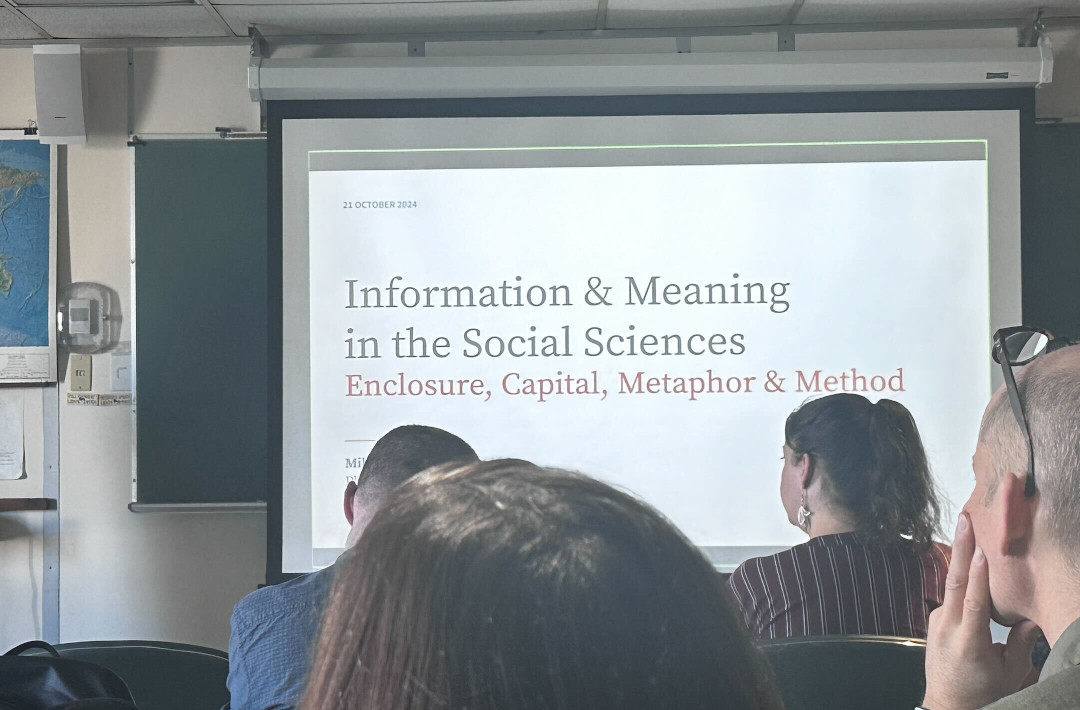Congratulations to Dr. Mikael Brunila on successfully defending his PhD entitled “Information & Meaning in the Social Sciences: Enclosure, Capital, Metaphor & Method.”
Abstract: This doctoral dissertation deals with the question of “information” in the social sciences at various levels: (1) Enclosure, (2) capital, (3) metaphor, and (4) method. Over the past decade, machine learn- ing approaches relying on information metrics and using textual data have become commonplace in all of the social sciences and humanities. Behind this turn, we find a peculiar paradox: Informa- tion, a concept which originally was strictly about engineering, is today the arbiter of “meaning”, semantics, and even place. In chapters one, two, and three, I explore this paradox through a set of genealogical studies on the various moments of translation that had to be established for informa- tion to become the (1) enclosure within which meaning can be disclosed. The relationship between information and meaning has gone through a fundamental shift, where, initially, it was meaning that appeared as the agreement which established the conditions for information. As the roles have reversed, the large language model (LLM) has become an avenue for accumulating and producing a new type of (2) “cosine capital” which determines which truths can be disclosed, and which cannot. In this sense, information today also acts as a (3) metaphor, though instead of being recognized as such it is habitually naturalized. Chapters four and five take a playful approach to this state-of- affairs: How could information theory help us re-imagine the information asymmetry in a particular context, namely between tenants and landlords? In chapter five, we take to task extant work in critical housing and algorithm studies, challenging prevailing theories on opacity and information asymmetry. As an alternative, we develop a new concept of information asymmetry in the housing system and demonstrate its utility in a comprehensive study of landlord networks in the Montreal rental market. Chapter six functions as a sort of postscript to the previous chapter, developing an intuitive mathematical approach to information asymmetry in a given landlord network using the Wasserstein Distance metric. The chapter also acts as a segue to the rest of the thesis: It moves from information as metaphor to information as quantitative (4) method, closing the circle from the be- ginning of the dissertation through two overlapping studies of Airbnb descriptions and reviews in New York City. In these two chapters, I take prevalent operationalizations of information theory as granted, focusing instead on developing a new framework for quantitative analysis in critical toponymy studies. Through a new model for named entity recognition (NER) of spatial language, I show how existing census based metrics of gentrification can be complemented by analysing the geographic “span” of neighbourhood names along with strategies such as claims about proximity to prominent attractions and areas.

